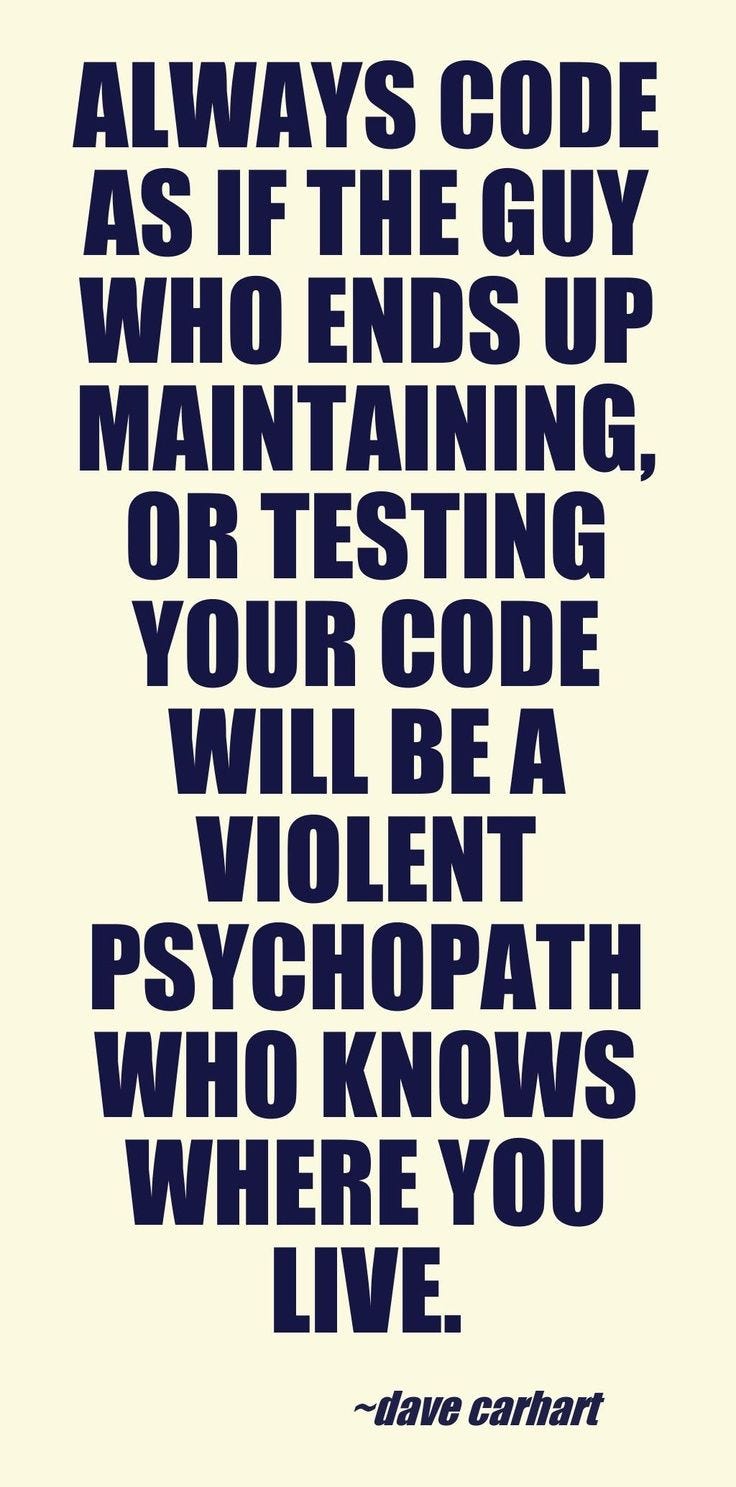
How Colleges Are Ripping Off a Generation of Ill-Prepared Students
The 2017 National Assessment of Educational Progress stated that of the nation’s 12th-graders only 37% tested proficient or better in reading and only 25% in math. But the graduation rate is 80%. That is awful. It is dishonest.
Moreover, 70% of high schools students go on to college. Best case 33% of HS grads going entering college are not proficient in reading and 45% are not in math. While this is—well, should be—a national scandal, the universities are complicit. Universities know that their students are not prepared for secondary education. But not admitting unqualified students is not an option because the universities must keep biggering and biggering, just like the Once-ler.
Consider this paragraph.
During a recent University of North Carolina scandal, a learning specialist hired to help athletes found that during the period from 2004 to 2012, 60 percent of the 183 members of the football and basketball teams read between fourth- and eighth-grade levels. About 10 percent read below a third-grade level. Keep in mind that all of these athletes both graduated from high school and were admitted to college.
That means only 30% could read at 9th grade or better. Likely those 30% were overwhelming bench warmers. If the above numbers were prorated by playing time, I suspect the percentage would plummet to single digits. That is unconscionable behavior. But this it not limited to just athletes. It effects all students because the college degree is being dumbed down and becoming worth less.
According to Richard Vedder, distinguished emeritus professor of economics at Ohio University and the director of the Center for College Affordability and Productivity, in 2012 there were 115,000 janitors, 16,000 parking lot attendants, 83,000 bartenders, and about 35,000 taxi drivers with a bachelor’s degree.
Read the whole thing. I’ll end echoing the author’s conclusion. BTW, the author is the brilliant Walter Williams.
I’m not sure about what can be done about education. But the first step toward any solution is for the American people to be aware of academic fraud at every level of education.
Slow down
It is great to be first. But it is better to be correct. Humans seems to always be in a hurry, which often leads to a mistake. Countless times we have jump into something without fully understanding the situation. This phenomenon has given rise to the phrase unintended consequences.
There is a rush to be the first to implement IoT. These early solution almost certainly deficient in some significant ways that will lead to unintended consequences. This paper argues that we are throwing caution to the wind. Read it and beware.
More block chain thoughts
I recently explained to my cousin why I’m skeptical about blockchain. She is in the technology side of the banking industry so her interest was more than casual. Below is basically what I told my cousin.
A blockchain is a ledger: An append-only file that stores records (i.e., blocks). The blockchain file is replicated across many nodes to build trust. In order to corrupt the file, an attacker must co-opt 50% plus one nodes. The more nodes involved, the greater the trust. I speculated that a highly trusted blockchain needs to be widely distributed because if at breakfast it become known that a $10B hedge fund ledger were distributed across only 10 nodes the money would be missing by dinner.
Second, because the blockchain file is distributed the information is shared. Sharing data increases the security perimeter that must be guarded. Thus there is a conflict between trust (increases with node count) and security/privacy (decreases with node count).
The last point, which is the most overlooked, is that blockchain does very little to protect against fraud. It protects the ledger by making it hard to tamper with. However, the ledger is internal data that is fairly easy to protect. But it does nothing to prevent an erroneous ledger entry from being inserted in the first place, as the millions of dollars of stolen bitcoins attest to. Therefore, the blockchain offers no help for the most vulnerable attack vectors.
In addition to these limitations, blockchain is also very inefficient, Consequently I have yet to be shown a use case (other that crytocurrency) for blockchain. Tell if I’m wrong in the comments.
I have an earlier and longer post on block chain.
NFL’s play of the day
For many reasons I haven’t made time to watch NFL this season. However, after watching this I might make more of an effort.
